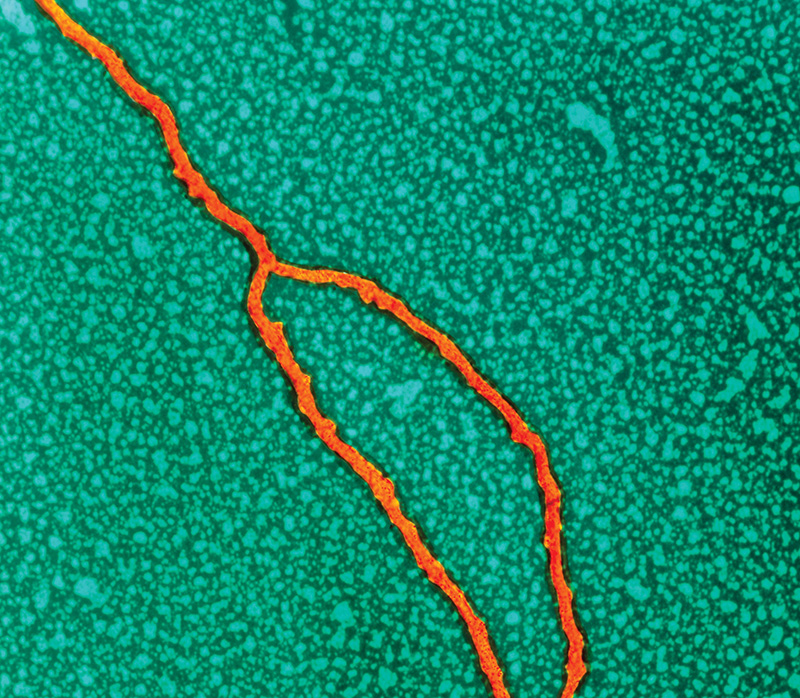CHAPTER 12 INTRODUCTION
CORE CONCEPTS
12.1 In DNA replication, a single parental molecule of DNA produces two daughter molecules.
12.2 The replication of linear chromosomal DNA requires mechanisms that ensure efficient and complete replication.
12.3 Techniques for manipulating DNA follow from the basics of DNA structure and replication.
12.4 Recombinant DNA technology combines DNA from two or more organisms.

One of the overarching themes of biology discussed in Chapter 1 is that the functional unit of life is the cell, a theme that rests on the fundamental concept that all cells come from preexisting cells. In Chapter 11, we considered the mechanics of cell division and how it is regulated. Prokaryotic cells multiply by binary fission, whereas eukaryotic cells multiply by mitosis and cytokinesis. These processes ensure that cellular reproduction results in daughter cells that are like the parental cell except for any mutations that may have taken place during the cell cycle. In other words, in cell division, like begets like.
The two main processes of cell division—binary fission for prokaryotes and mitosis followed by cytokinesis for eukaryotes—differ primarily because of the way the DNA is organized in the two types of cell. Most prokaryotes have just a single circular DNA molecule, whereas eukaryotes have multiple linear DNA molecules that are typically very long and packaged into chromosomes. The eukaryotic chromosomes must condense during mitosis into compact structures that can be maneuvered properly into the daughter cells by the elaborate spindle apparatus. Concealed in the details that make the two processes different is the fact that in all dividing cells a double-stranded DNA molecule gives rise to two double-stranded daughter DNA molecules that are identical to each other except for rare mutations.
The process of duplicating a DNA molecule is called DNA replication, and it occurs in virtually the same way in all organisms, reflecting its evolution very early in life’s history. The process is conceptually simple—the parental strands separate and new partner strands are made—but the molecular details are more complicated. Once scientists understood the molecular mechanisms of DNA replication, they could devise improved methods for manipulating and studying DNA. An understanding of DNA replication is therefore fundamental not only to understanding how cells and organisms produce offspring like themselves, but also to understanding some of the key experimental methods in modern biology.